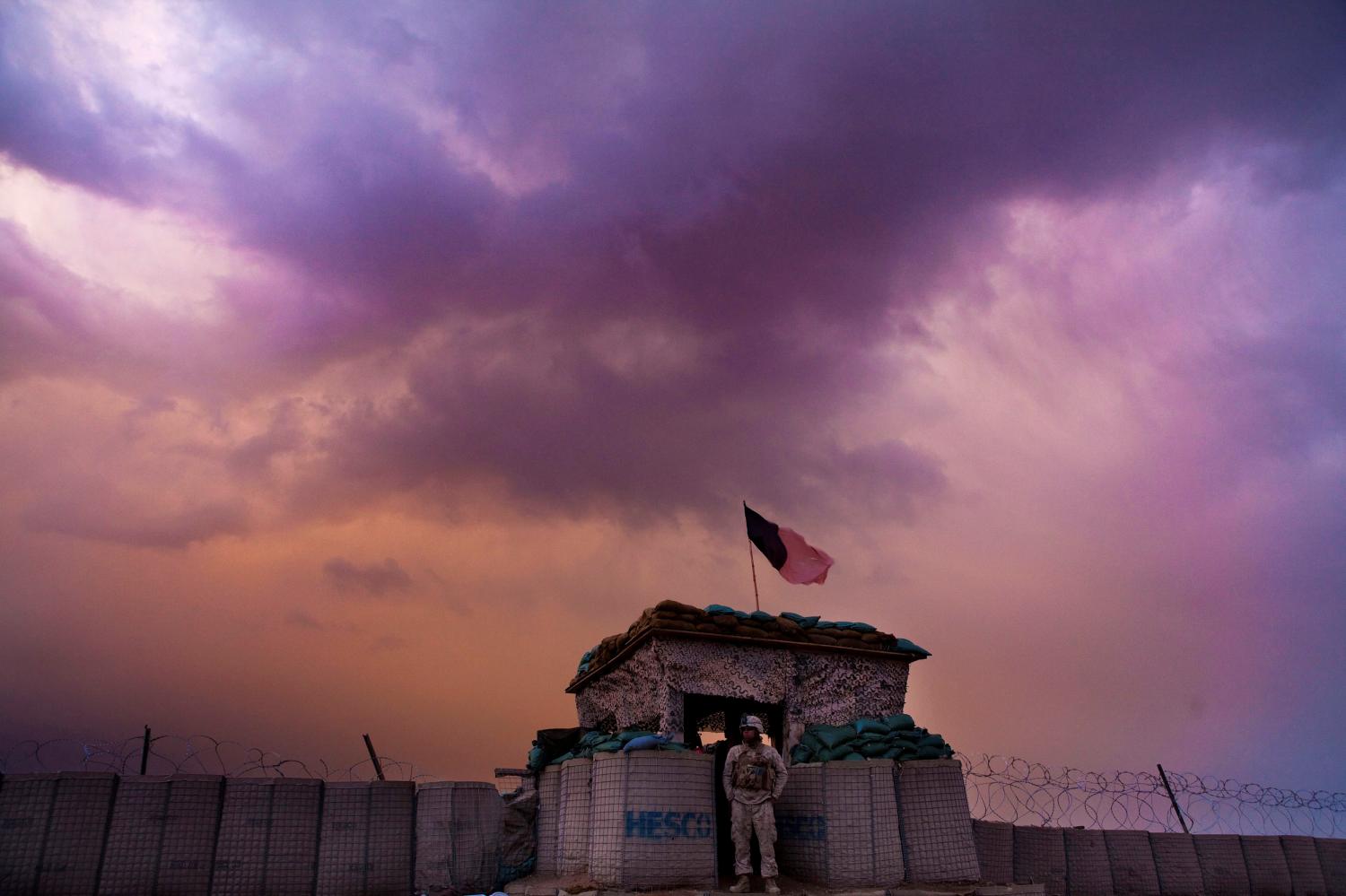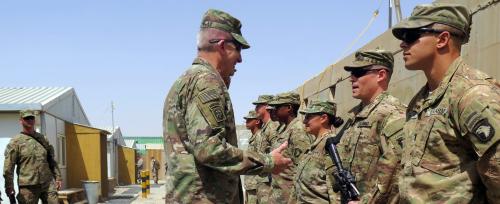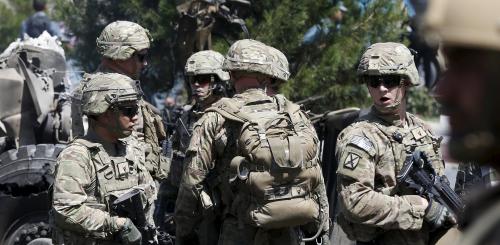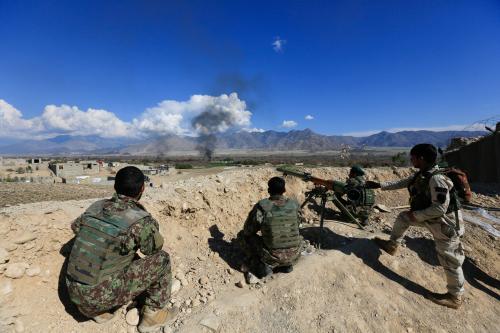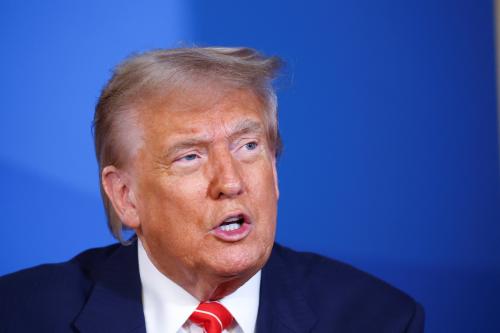On June 12, 2017, Bruce Jones, director of the Brookings Foreign Policy Program, convened five Brookings experts—John Allen, Vanda Felbab-Brown, Tanvi Madan, Michael O’Hanlon, and Bruce Riedel—to discuss the history and future of U.S. policy in Afghanistan. The edited transcript below reflects their assessments of evolving U.S. objectives in Afghanistan, progress to date, enduring challenges, regional dynamics, burden-sharing with coalition partners and regional stakeholders, domestic political support for ongoing U.S. commitment, and policy recommendations for U.S. strategy going forward.
DIRECTOR’S SUMMARY
- Since the initial U.S. military intervention in Afghanistan in 2001, the United States has sought to prevent un- and under-governed spaces in Afghanistan and the Afghanistan-Pakistan border region from serving as platforms for international terrorism. However, the focus of U.S. policy in Afghanistan has evolved from, initially, preventing al-Qaida from planning and executing a near-term, mass-casualty attack on the U.S. homeland to, currently, preventing the Afghan Taliban from undermining the capacity and legitimacy of the Afghan government.
- The Afghan Taliban is at its strongest point since 2001, and has derived capacity and resilience from claiming the mantle of Pashtun nationalism, enjoying safe haven in Pakistan, and outperforming the Afghan government and government-aligned power centers in the suppression of predatory crime and provision of other public goods.
- A continued U.S. and coalition troop presence in Afghanistan should focus on stabilizing the security environment, alongside critical, complementary efforts to tackle corruption, ethnic and tribal discrimination, and drug trafficking. However, recognizing Afghanistan’s current governance capacity, the realistic ambition of U.S. and partner assistance should be for Afghanistan to achieve standards of governance and economic performance on par with similarly situated countries in South and Central Asia.
- The United States should intensify pressure on Pakistan to shift its calculus regarding support for the Afghan Taliban and Haqqani network.
- The United States should seek opportunities for greater coordination with other interested countries beyond the ISAF coalition—such as the Gulf countries, China, and India—that could bear a greater burden in supporting the Afghan government.
- Successive U.S. administrations have struggled to articulate the basis for evolving U.S. policy objectives in Afghanistan, and for sustaining a U.S. military presence there. The administration should seek to distinguish its strategy from those pursued by the previous two administrations, and remind the American public that an ongoing partnership with the Afghan government has served U.S. security interests by providing a hub for critical counterterrorism-related intelligence collection and special operations.
The Brookings Institution is committed to quality, independence, and impact.
We are supported by a diverse array of funders. In line with our values and policies, each Brookings publication represents the sole views of its author(s).







